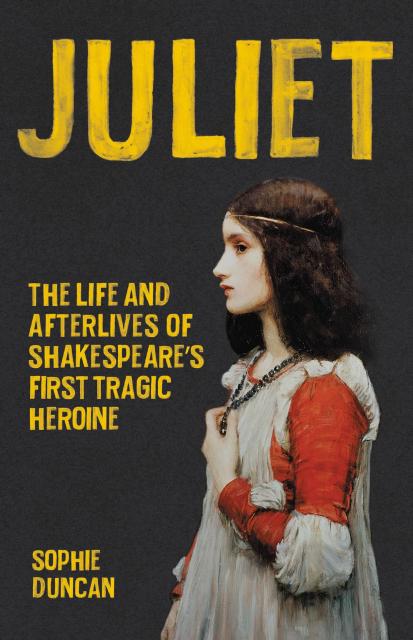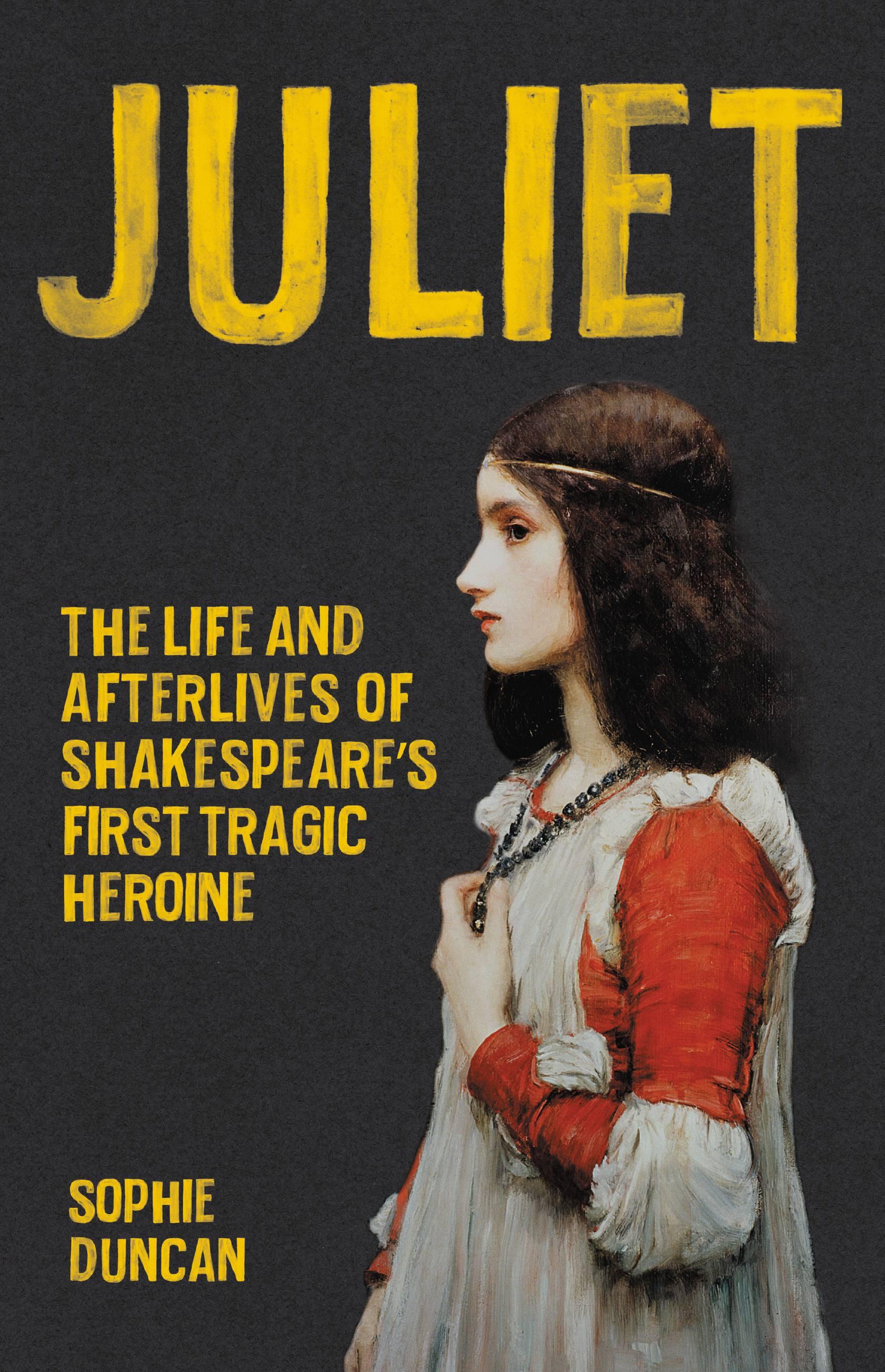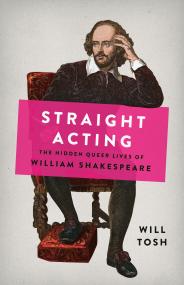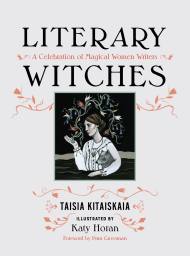Promotion
Use code BEST25 for 25% off storewide. Make sure to order by 11:59am, 12/12 for holiday delivery!
By clicking “Accept,” you agree to the use of cookies and similar technologies on your device as set forth in our Cookie Policy and our Privacy Policy. Please note that certain cookies are essential for this website to function properly and do not require user consent to be deployed.
Juliet
The Life and Afterlives of Shakespeare's First Tragic Heroine
Contributors
Formats and Prices
- On Sale
- Jun 6, 2023
- Page Count
- 320 pages
- Publisher
- Seal Press
- ISBN-13
- 9781541600331
Price
$18.99Price
$24.99 CADFormat
Format:
- ebook $18.99 $24.99 CAD
- Hardcover $30.00 $38.00 CAD
This item is a preorder. Your payment method will be charged immediately, and the product is expected to ship on or around June 6, 2023. This date is subject to change due to shipping delays beyond our control.
Buy from Other Retailers:
The enduring cultural legacy of Shakespeare’s Juliet Capulet — a history "as vital and provocative as the character herself" (Literary Review).
Romeo and Juliet may be the greatest love story ever told, but who is Juliet? Demure ingénue? Or dangerous Mediterranean madwoman? From tearstained copies of the First Folio to Civil War-era fanfiction, Shakespeare’s star-crossed heroine has long captured our collective imagination.
Wry and inventive, Juliet is a tribute to fiction’s most famous teenage girl who died young, but who lives forever.
-
"Invigorating . . . Duncan is an engaging guide to Juliet's complex afterlives . . . This book is crammed with interesting nuggets . . . What makes Juliet so thrilling is the way Duncan weaves all these threads into a compelling history of a singular heroine."Samantha Ellis, Guardian (UK)
-
"Roving, animated . . . Duncan approaches her subject from all angles, turning Juliet like a gem in the light . . . [and] remains passionately alive to her subject, driven by a genuine affection for a teenager who has survived many attempts at clumsy marketing."Sophie Elmhirst, Sunday Times (UK)
-
"Witty and illuminating . . . Duncan is a genial guide and an excellent storyteller with an obvious devotion to her subject . . . Duncan's verve and curiosity, combined with her intimate knowledge of Shakespeare's play, carry the reader along. She has written a history of Juliet that is as vital and provocative as the character herself."Literary Review (UK)
-
“[A] witty and scholarly history of the heroine’s ‘afterlife.’”Telegraph (UK)
-
"Breathtaking in its range, this is far more than a deep dive into an ocean of Juliets (although it is, gloriously, that): it is a powerful, witty, and provocative exploration of sex and gender, youth and age, love and death."Anna Beer, author of Eve Bites Back
-
"An astonishing tour-de-force...Juliet has found the biographer she deserves."Marion Turner, J.R.R. Tolkien Professor of English Literature and Language, Oxford University
-
"Original, stylish, and compelling… It’s a marvellous book, and one that delivers a powerfully inspiring message to the young Juliets of our own troubled times."Miranda Seymour, author of I Used to Live Here Once: The Haunted Life of Jean Rhys
-
“Bursting with energy, wit, and page-turning satisfaction, Sophie Duncan's book unpacks the rich, and sometimes uncomfortable, cultural history of Shakespeare’s Juliet.”Gilli Bush-Bailey, Professor Emerita of Women’s Performance History, University of London
-
“A capacious cultural study of people and politics. Duncan takes us from Shakespeare's stage through plantation slaves to Mussolini's Italy. She writes with wit and acumen, so that the story of Juliet across the centuries is imbued with personality and compassion. This is an extraordinary achievement.”Laurie Maguire, Emeritus Professor, Magdalen College, University of Oxford
-
"I love the combination of authority, research, anger, and dry wit. Sophie Duncan shows us that Juliet has created templates for young women that are both enabling and stifling - and traces that paradox unflinchingly across slave plantations, teenage mental health, and the erotics of the beautiful dead girl. Juliet offers the play and its reception a fresh kind of attention: a sort of tough love which avoids sentimentality without becoming cynical. Really eye-opening."Emma Smith, author of This is Shakespeare
Newsletter Signup
By clicking ‘Sign Up,’ I acknowledge that I have read and agree to Hachette Book Group’s Privacy Policy and Terms of Use




